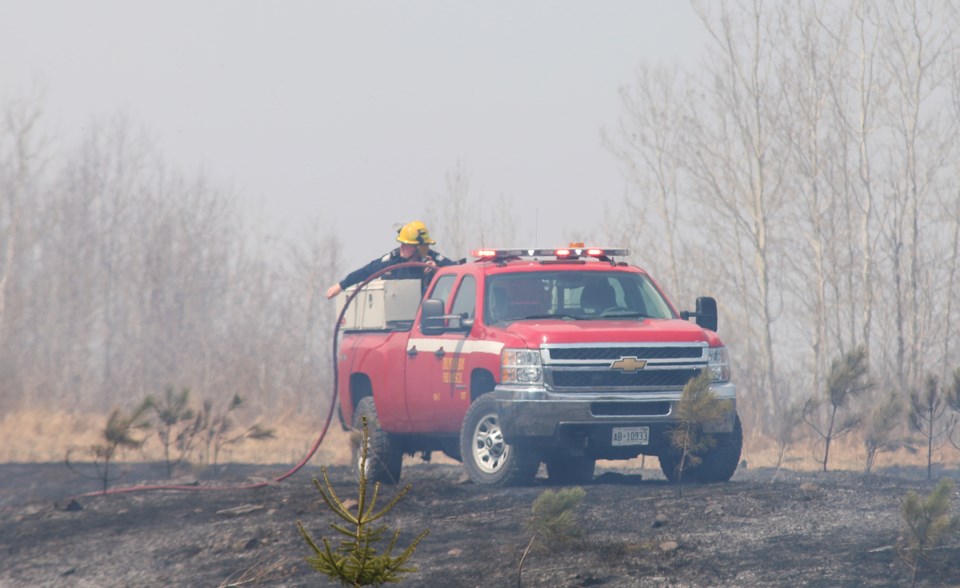THUNDER BAY - It’s still too early to know exactly what kind of forest fire season the Northwest can expect this year, but given less than normal precipitation throughout the winter and early spring, grass fires are a concern.
A lack of precipitation and snow depth can result in less moisture absorbed by the ground and once the snow melts, grass and dead vegetation will quickly dry out.
“Snow depth plays a significant role in vegetation moisture content,” said Jonathan Scott, a fire information officer with the Ministry of Natural Resources and Forestry.
“So fall precipitation, and weather conditions we see once an area becomes snow free in the spring, are important factors when determining susceptibility of an area to wildfires.”
Thunder Bay and surrounding areas saw less snowfall this winter and even less precipitation throughout March.
On average, the area sees a total of 41.6 millimetres of precipitation in March, though this year that total was only 25.9 millimetres.
Temperatures were also above normal, with the mean temperature recorded throughout the month of -2.2 C, three and a half degrees warmer than the average.
“This time of year spring grass fires are a real concern,” Scott said. “As snow disappears, dead grass and leaves and branches become exposed to the sun and dry out and become a fire hazard until the ground starts to green up again. Snow free areas with sun-dried grass are always a concern. Grass fires can quickly turn into forest fires.”
In 2018, Thunder Bay experienced a dry and windy spring, which resulted in numerous grass fires throughout the city and surrounding areas.
The area did see high levels of precipitation in September and October, but snowfall totals were below average throughout the winter, which will also play a role in grass fire risks.
“Snow depth matters,” Scott said. “It is a significant role but also previous precipitation. And once an area is snow free what kind of weather the area gets affects wildfires.”
In terms of the actual forest fire season this year, it will largely be dependent on short-term weather trends, such as heat and precipitation.
People are reminded that during the fire season, which runs from April 1 to Oct. 31, that daytime burning of brush and grass is not permitted and can only be done no sooner than two hours before sunset and extinguished no later than two hours after sunrise.
Tools and water must also be kept nearby to maintain and extinguish the fire.
